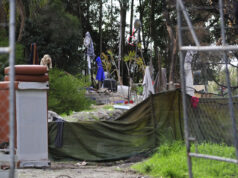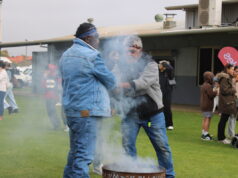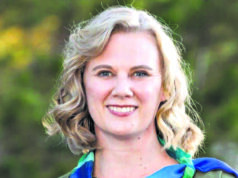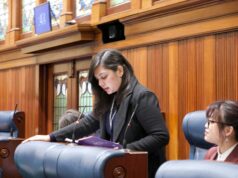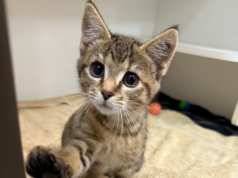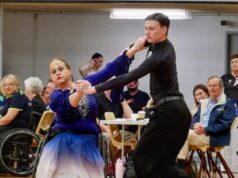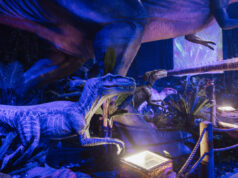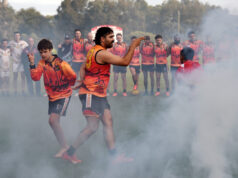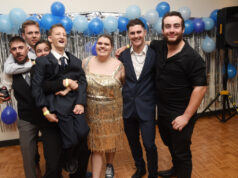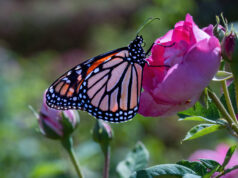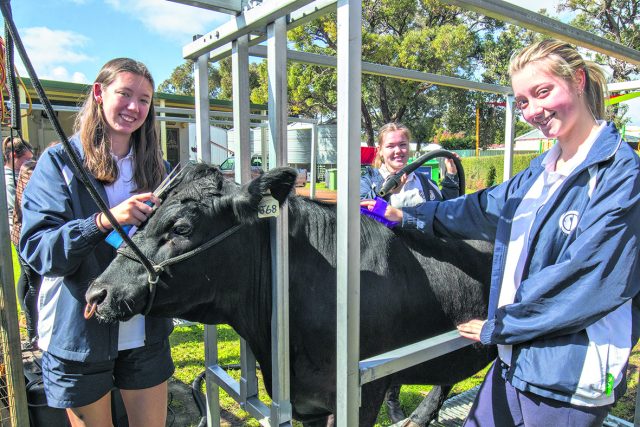
A total of 14 cows, some of which have been homebred from a Kelmscott farm, will have their day in the sun later this month as students parade and compete in this year’s Perth Royal Show cattle awards.
Kelmscott Senior High School year 10 specialist agriculture students and year 11 students currently completing their Certificate II in Rural Operations will go up against the rest of the industry in order to get the best price for their prized cattle.
Livestock manager Steve Toghill said the students would first compete in the junior handling competition before the cows are divided up into the appropriate weight categories and judged and auctioned off accordingly.
Mr Toghill said the school’s involvement in this year’s awards was a lengthy process, dating back more than a year when the steers were born.
“You have to choose your genetics, you then have to look after the mother and rear the calf and then they have to be a maximum of 17 months old to be eligible to compete,” he said.
“Our homebred animals have almost 12 months of training whereas the ones that we buy from other studs are only bought in April and May so we are pushed for time to get them ready for the show.”
Once at the show, the students compete against other breeders, other exhibitors and other schools for the title of best junior parader.
Mr Toghill said although it is sometimes a nerve-racking experience, it provides the students with great hands-on experience of how the industry operates and what it takes to work in the field.
“The students learn that agriculture is a business and even though you may enjoy the lifestyle, unless you can make a profit then you can’t uphold that lifestyle,” he said.
“They also learn that with a lot of these animals there is a lot of work involved to get them to the final stage, which is consumption.
“They learn that if you go and buy a steak from a supermarket and you don’t eat it all, they know the amount of time and work for that little piece of steak.
“This program is a pinnacle for our students, it is expensive to run but we do make money back which then pays for the feed and cattle for the following year.”


